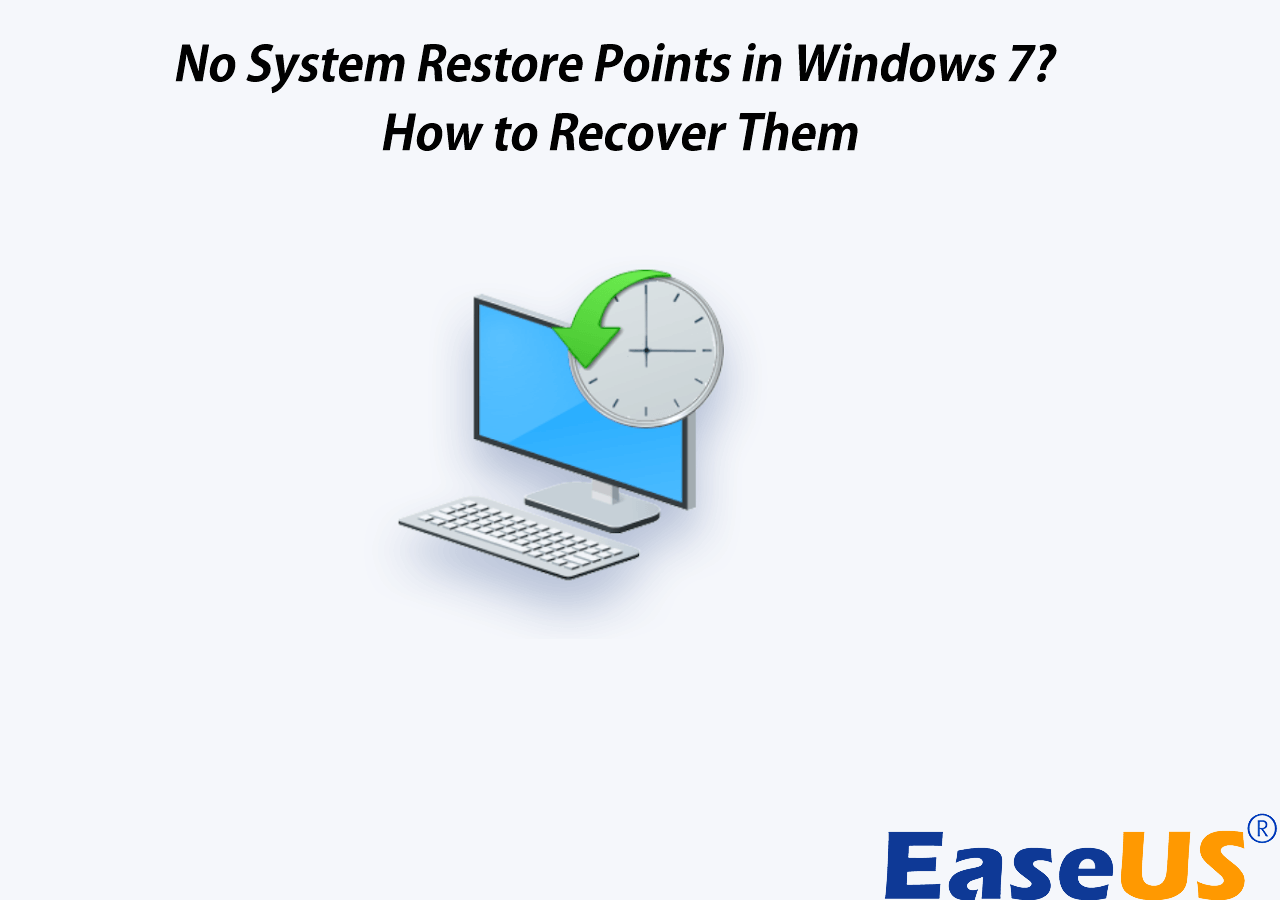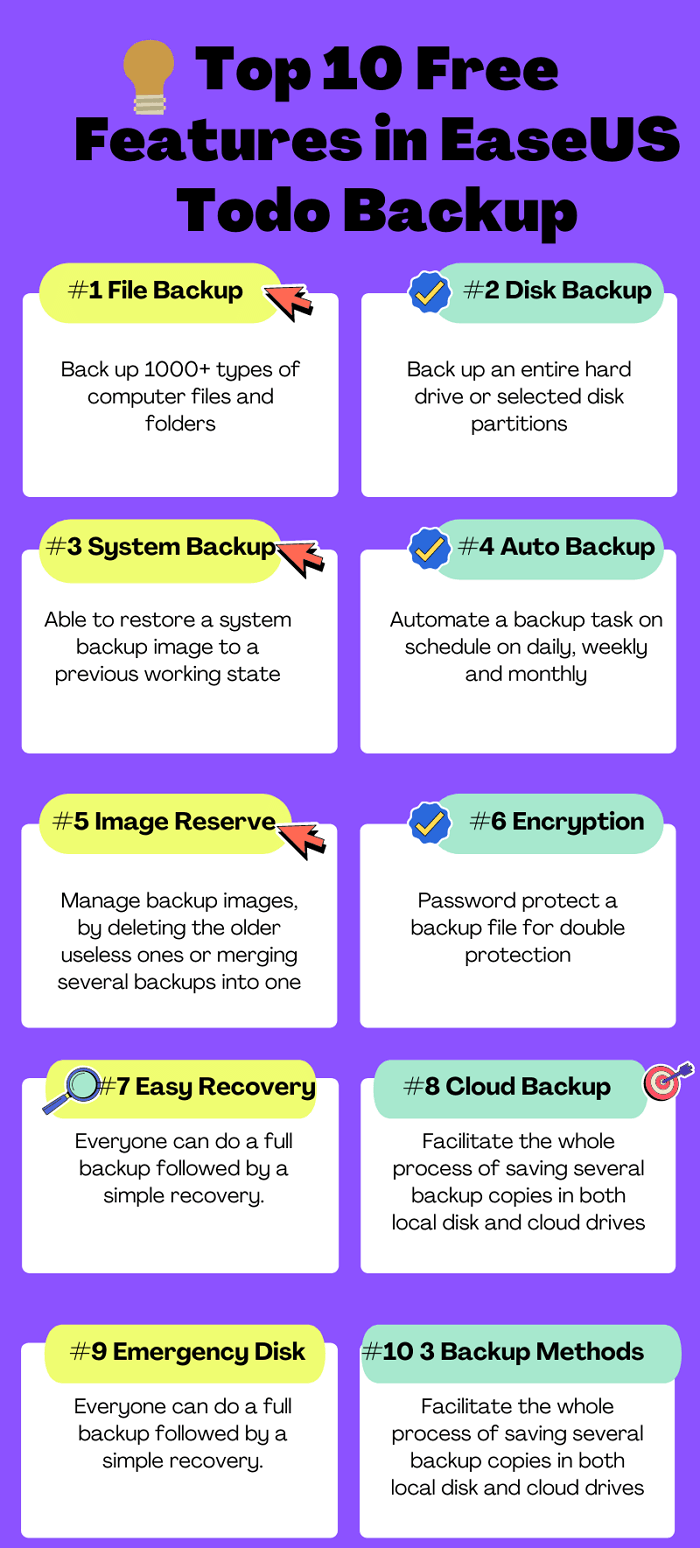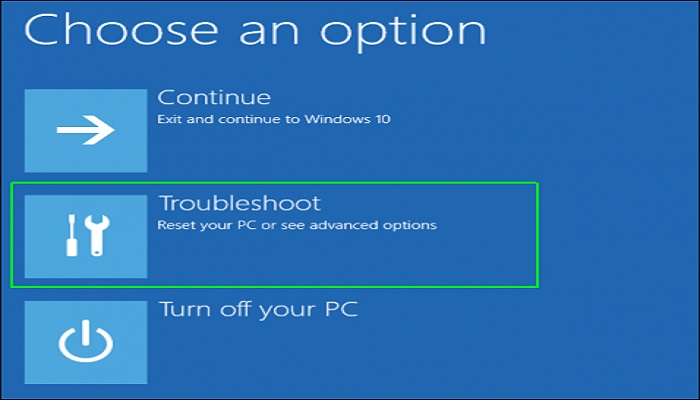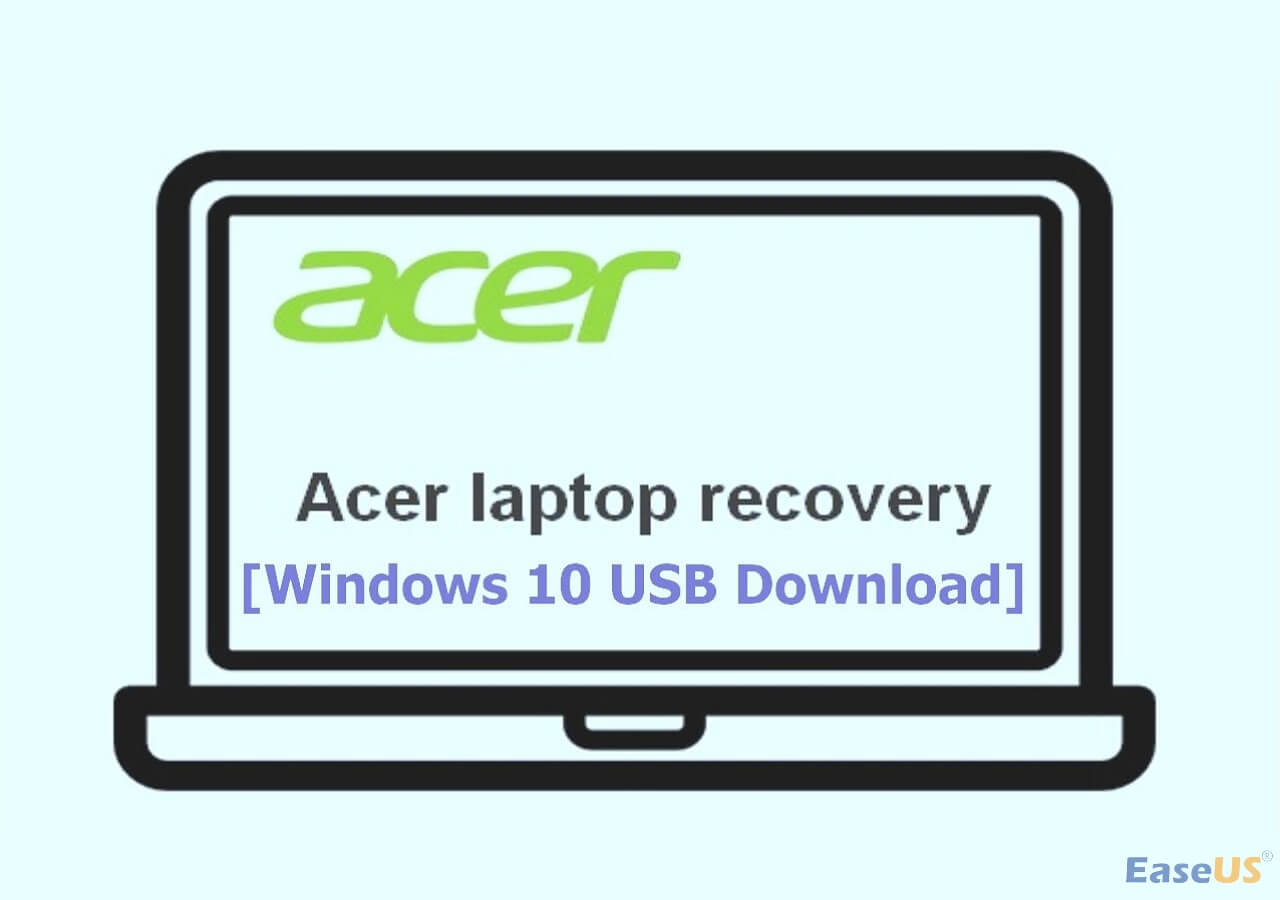Page Table of Contents
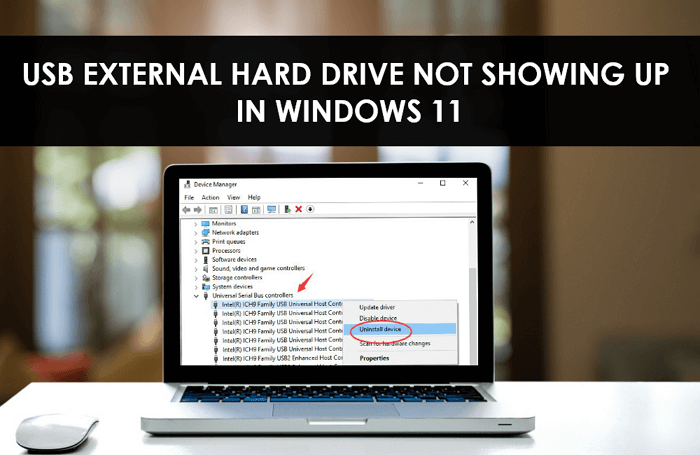
How frustrating is it when you plug in a drive only to find that the external USB hard drive not showing up in Windows 11? You can imagine how irritated we get, prizing away at nothing while waiting for that pesky error to go away. If you've confirmed a connection but cannot seem to be able to find or fix driver issues - don't worry! There are many solutions available online with just one click of a button on the Google search engine's webpage interface (which saves time). Let's dive in to get more information.
***Download EaseUS free backup software to make an intelligent copy of everything important on your not recognizing hard drive, HDD, USB flash drive, pen drive or SD card, as the not showing problem may be telling a sign of hard drive failure, which will finally corrupt the drive and the data in it! You don't have to wait, backup it now and backup it for free.
Secure Download
Quick Navigation to All Professional Fixing Methods:
| Workable Solutions | Step-by-step Troubleshooting |
|---|---|
| Fix not showing in File Explorer |
Fix 1. Try other available USB ports...Full steps |
| Fix not showing in Disk Management | Fix 7. Update drivers for USB Root Hub and Generic USB Hub controller...Full steps Fix 8. Reinstall drivers for the not recognized USB drivers...Full steps |
| Fix files & folders not showing up | Fix 9. Show hidden files and folders...Full steps |
| Fix Raw drive not showing up | Fix 10. Convert Raw to NTFS/FAT32/exFAT...Full steps |
Windows 11 Not Detecting My USB External Hard Drive

Many users have reported that Windows 11 does not recognize USB devices, particularly storage systems such as an external hard drive. This isn't the only issue that users have reported and many claims that their USB external hard drive missing after Windows 11 update. Also, in the scenario where the users upgraded to Windows 11 from the previous OS version, i.e., Windows 10. Hence, whether you upgraded to Windows 11 or updated your copy of Windows 11, chances are you have run into the issue of a non-detectable USB external hard drive under Windows 11.
In such a case, users are advised to ensure the external drive is properly configured and check for physical damage. It is also possible that a new external hard drive will not appear for some other reasons.
🚩You may be interested: Windows 11 Backup to External Drive [3-Minute Guide]
Why is USB External Hard Drive Not Showing Up in Windows 11?
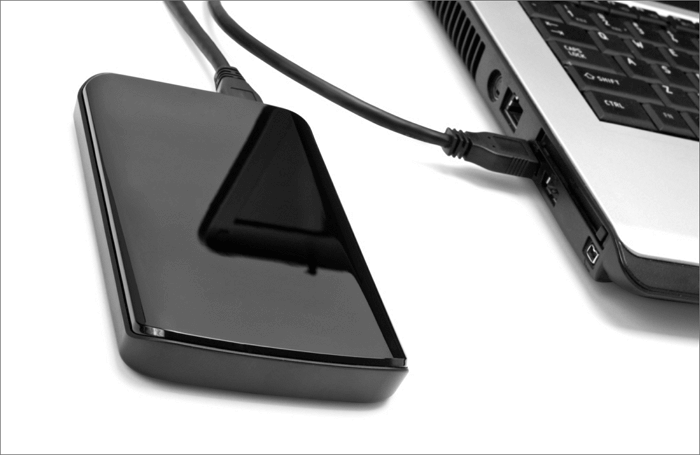
There can possibly be more than one reason why your Windows 11 system does not detect your external USB storage drive. These may include the following issues or reasons:
- The device is hidden in Windows 11
- USB port is not working
- Incompatible/outdated drivers
- Incompatible file systems with Windows 11
- Insufficient power supply
- Hard drive corruption
[Fixed] External Hard Drive Not Showing Up in Disk Management on Windows 10/11
External hard drive isn't being detected by the computer and isn't showing up in disk management? Don't worry, this post will walk through all possible reasons and tell you effective solutions to fix the issue without lag.
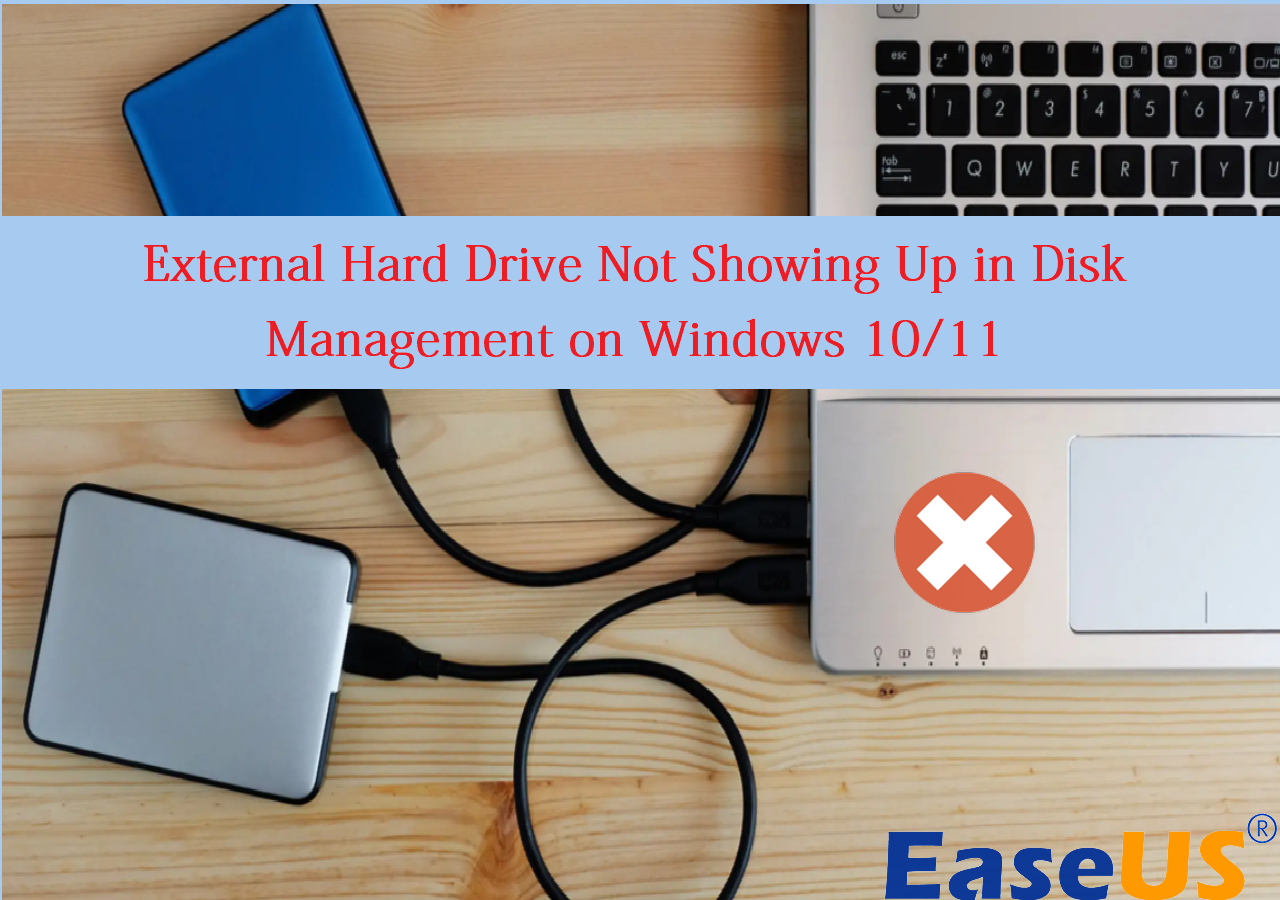
How to Fix USB External Hard Drive Not Showing in Windows 11 File Explorer
The following are the best ways that will surely help you fix USB external hard drive not showing in Windows 11 File Explorer:
Fix 1. Try other available USB ports
You should check whether or not your drive is turned on. Using an external USB hard drive can have a blinking light to indicate that it's powered on and working when you plug it into a USB port. You may also have heard a fan spinning, which shows that the hard disc is powered up.
If none of these conditions and signs are available, then try changing between the available USB ports. Next, get a new USB cord and try plugging in with it. If the hard disc still won't turn on, it's probably damaged physically or has developed a fault.

Fix 2. Run Windows 11 Troubleshooter
Lucky for you Windows 11 provides a nifty tool to fix external hard drives and flash drives known as the Hardware and Device Troubleshooter.
To access and run the troubleshooter, execute the following steps:
- Open the Windows 11 Settings panel (Windows + I).
- Next, choose the Update and Security from the Windows Settings panel.
- Click on the Troubleshoot tab and choose Hardware and Devices from the right pane.
- Click on the Run the Troubleshooter button.
- The troubleshooter will scan, and Windows will display a list of issues found.
- From this list, choose the one you want to fix.
- Click Next to complete the process.
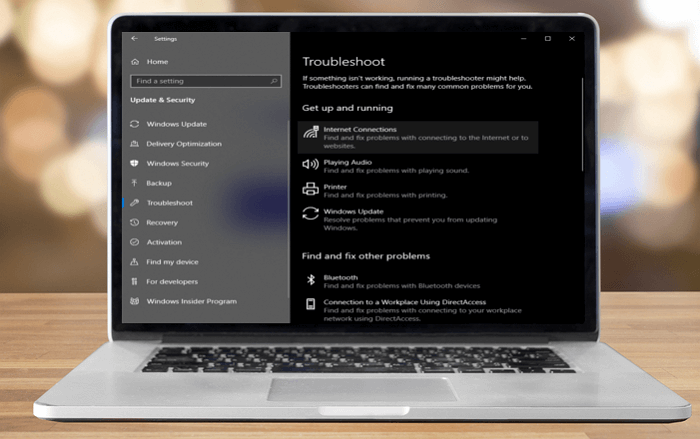
Fix 3. Enable USB selective suspend setting
- Open the Run window and type "devmgmt.exe," and press OK
- The device manager window will open, listing all the devices on your computer
- Locate Universal Serial Bus controllers and expand the category
- Locate the devices having Hub in mentioned in their name. For example, select Generic USB Hub, then Right Click and Choose Properties
- Select the Power Management tab from the window which opens
- Check the option Allow the computer to turn off this device to save power
- Finally, press OK to enable the USB selective suspend setting

Fix 4. Disallow Windows 11 to turn off this device to save power
- Go to the Power Options from Control Panel.
- Enter the Change Plan Settings and allow Put the Computer to Sleep, to Never.
- Now, enter the Change Advanced Power Setting to expand Hard Disk and Sleep.
- Allow Turn off hard disk after, Hibernate after, and Sleep after to Never.
- Now, click apply and click Save Changes. Select USB selective suspended settings or USB settings to be disabled.
- Now set Turn off display after to Never. Now click the Device Manager from the Control panel.
- Open Network adapters and select Properties from the Network card.
- Now, enter the Power Management tab and ensure unchecking the box for Allow the computer to turn off this device to save power.
- Now, press OK to finish the process.
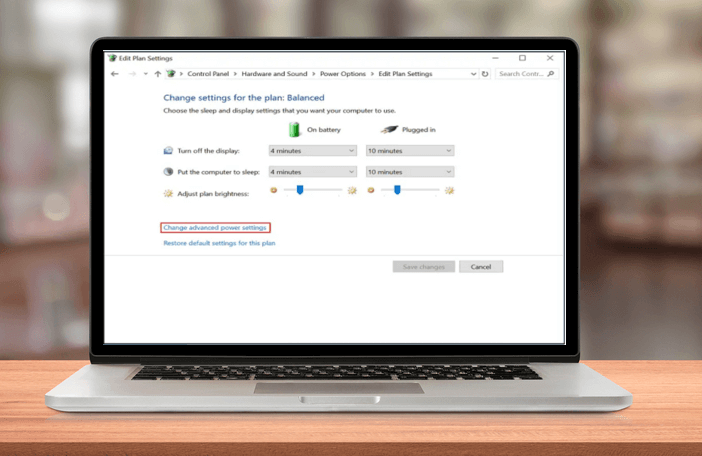
5. Assign a new drive letter to the USB drive
You need to open Disk Management and then go to the Change Drive Letter and Paths. After this, press OK to finish the setup.

Fix 6. Format the external USB drive with NTFS or exFAT format
Within the disk management, you will also get the option of formatting the external USB drive. Follow the process through the given image and the article on how to format an external USB hard drive to process it.

However, formatting the device will delete your data. When it is necessary to get back your data, you can use EaseUS Todo Backup Free to back up the hard drive for free.
EaseUS Todo Backup Free
- Supports full disk/partition backup of files, programs and operating system
- Designs for protecting data from a failing hard drive by taking a significant backup
- Makes a bootable rescue media to access a none-bootable
Secure Download
How to Fix USB External Hard Drive Not Showing in Windows 11 Disk Management
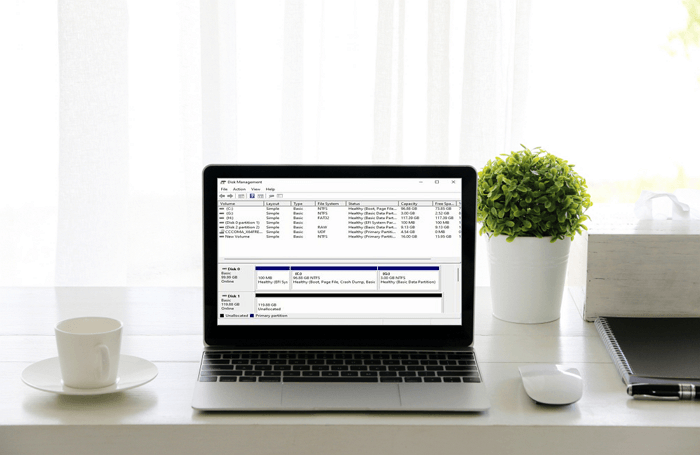
There are two methods to fix USB external hard drive not showing in windows 11 disk management:
Fix 7. Update drivers for USB Root Hub and Generic USB Hub controller
You can fix it by updating the USB Root Hub and Generic USB Hub controller. Go to Device Manager and update Drivers. See the image above.
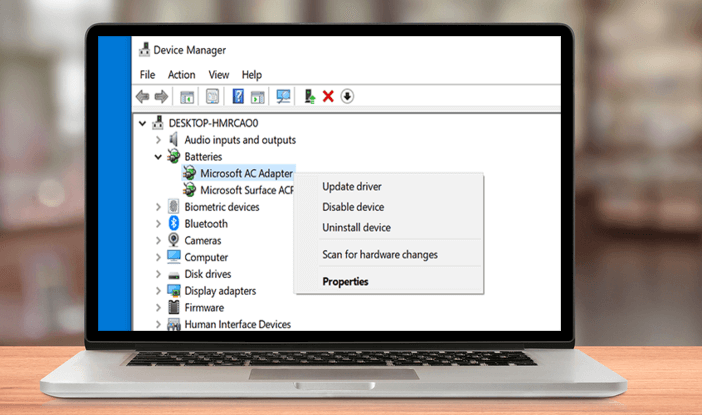
Fix 8. Reinstall drivers for the not recognized USB drivers
You can fix it by reinstalling drivers for the not recognized USB drivers. Go to Device Manager, and the same method will be applicable to reinstall drivers.

More Troubleshooting Tips for Windows 11 Not Recognizing an External USB Drive
However, some other most important and simple troubleshooting tips exist to help you Recognize an External USB Drive.
Fix 9. Files & Folders Not Showing up in External Hard Drive in Windows 11
Try to show hidden files, folders and drive in Windows 11 file explorer options. See the image to know how to show hidden files.
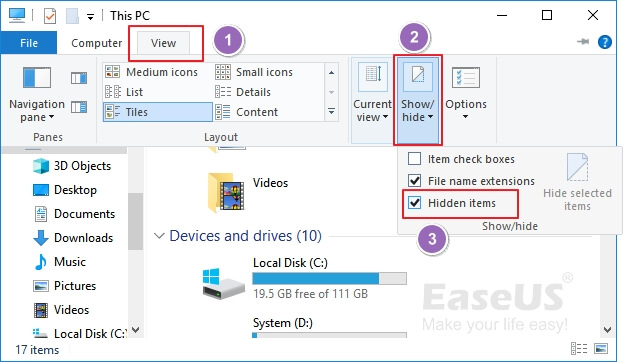
Fix 10. RAW USB hard drive that is not detecting in Windows 11
A raw USB hard drive won't show up normally until you formatted the Raw file system with a recognized NTFS, FAT32 or exFAT file format. The formatting procedure is the same as the Fix 6 presented.
You can also fix the problem by fixing a RAW USB hard drive that is not detected in Windows 11. You can use it by updating the USB driver. See the image above to fix it.
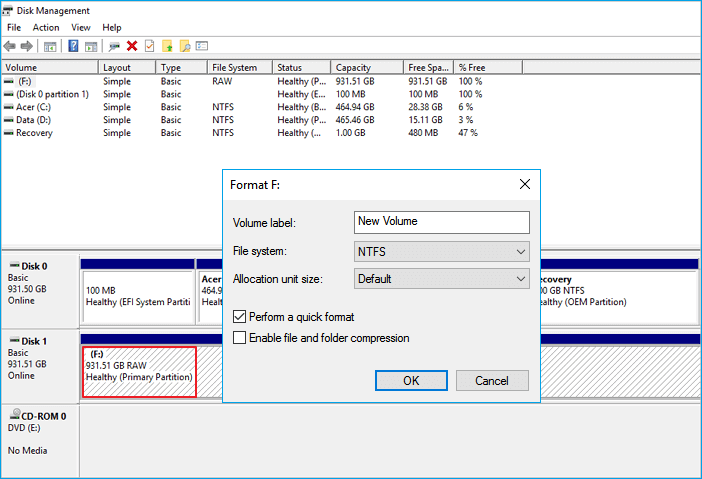
How to Fix External USB Hard Drive Not Showing Problem Without Losing Data
So, now you know the methods for Windows 11 to detect your external USB storage. In this blog post, for your convenience, we've attempted to provide the most useful and effective techniques and steps for you to enable your USB external hard drive under Windows 11. You can also use third-party software like EaseUS Todo Backup in such scenarios. This software is simple to use and may be used by virtually anyone. We recommend that you try it at least once to realize its power and utility. All in all, backup is the 100% guaranteed way to protect data on a not recognizing the external hard drive.
EaseUS Todo Backup Free
- Supports full disk/partition backup of files, programs and operating system
- Designs for protecting data from a failing hard drive by taking a significant backup
- Makes a bootable rescue media to access a none-bootable
Secure Download
FAQ on USB External Hard Drive Not Showing Up in Windows 11
How do I get Windows 11 to read my external hard drive?
To get Windows 11 to read your external hard drive, you'll need to connect it to your computer using a USB cable. Once it's connected, you can access it by going to My Computer or This PC and double-clicking on the drive. If you're having trouble getting Windows 11 to read your external hard drive, you can try using a different USB cable or connecting it to a different USB port on your computer. You can also try reformatting the drive using Windows 11's built-in Disk Management tool.
Why is my USB external hard drive not showing up?
There are a few possible reasons why your USB external hard drive is not showing up.
- The device is hidden in Windows 11
- USB port is not working
- Incompatible/outdated drivers
- Incompatible file systems with Windows 11
- Insufficient power supply
- Hard drive corruption
Was this page helpful? Your support is truly important to us!

EaseUS Todo Backup
EaseUS Todo Backup is a dependable and professional data backup solution capable of backing up files, folders, drives, APP data and creating a system image. It also makes it easy to clone HDD/SSD, transfer the system to different hardware, and create bootable WinPE bootable disks.
Secure Download
-
Updated by
Larissa has rich experience in writing technical articles and is now a professional editor at EaseUS. She is good at writing articles about data recovery, disk cloning, disk partitioning, data backup, and other related knowledge. Her detailed and ultimate guides help users find effective solutions to their problems. She is fond of traveling, reading, and riding in her spare time.…Read full bio -
Written by
Jean is recognized as one of the most professional writers in EaseUS. She has kept improving her writing skills over the past 10 years and helped millions of her readers solve their tech problems on PC, Mac, and iOS devices. …Read full bio
EaseUS Todo Backup

Smart backup tool for your files, disks, APPs and entire computer.
Topic Clusters
Interesting Topics

